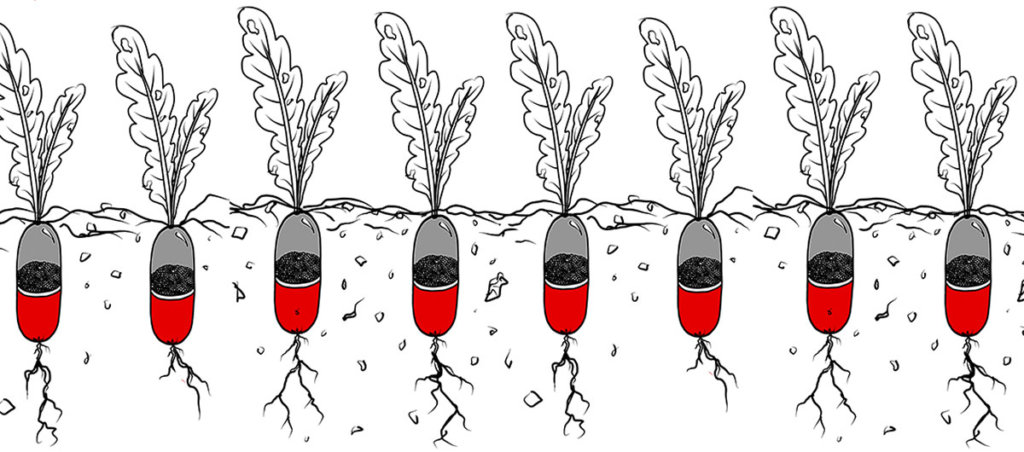The exploding opioid crisis, particularly across the Midwest, is reshaping families, leaving many without the resources to feed themselves. When grocery stores are sparse, it only gets worse.
This article was made possible because of the generous support of DAME members. We urgently need your help to keep publishing. Will you contribute just $5 a month to support our journalism?
What happens when the last grocery store leaves town? Residents of the West Dayton neighborhood in Dayton, Ohio are discovering the answer this year after losing their last full-service grocery store in April. While some residents can drive to suburban stores nearby, for those without a car, or money to fill the tank, corner stores and fast food joints have become the only options. Food pantries have stepped up to fill the gap, along with Gem City Market, a proposed new co-op that’s in the midst of raising enough money to build its store. A growing demographic in the food pantries illustrates another persistent issue in the city: as the opioid epidemic continues, more and more grandparents are raising orphaned grandkids and struggling to feed them. Reporter Libby Cunningham brings us this story from Dayton on the latest episode of The Fifty One:
The Fifty One is presented by DAME and produced and distributed by Critical Frequency. In our first season, we worked with local reporters across the country to explore food access in their communities. You can subscribe and listen to the full season on all platforms including Sticher, apple, Google Play.
